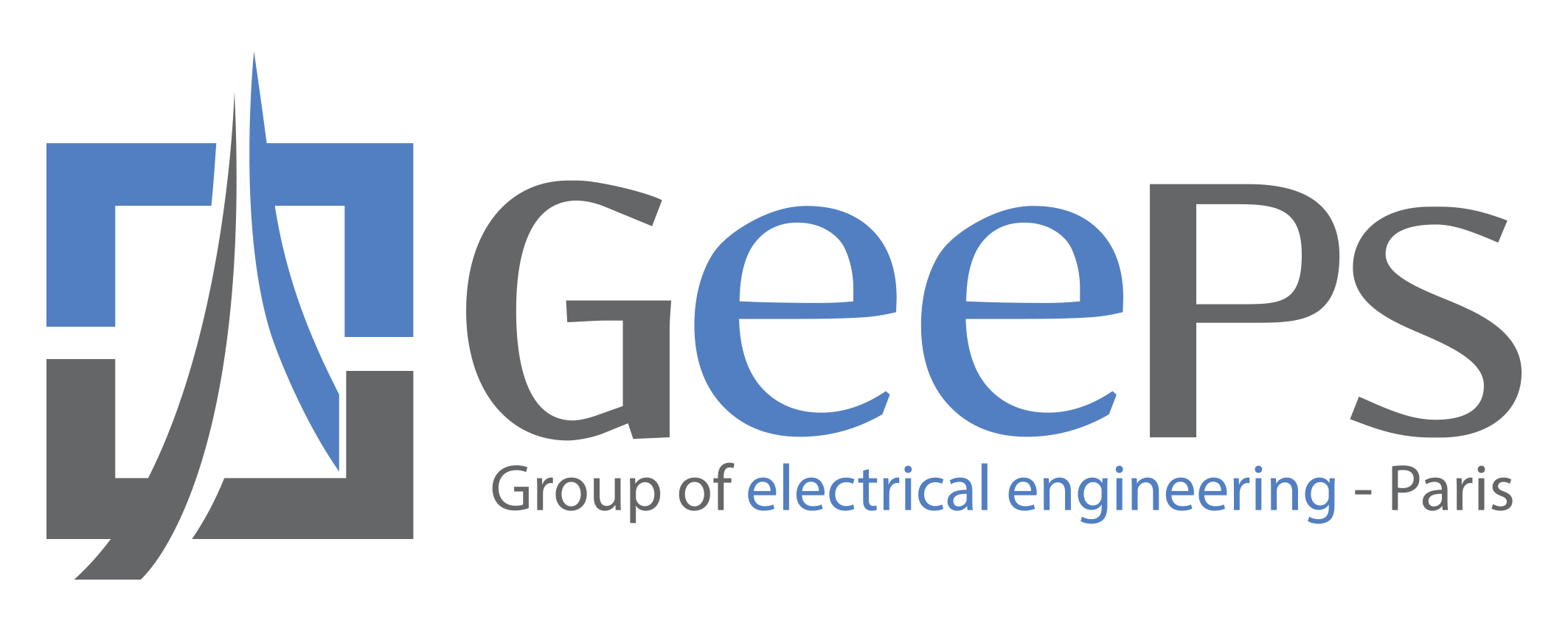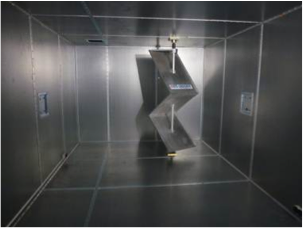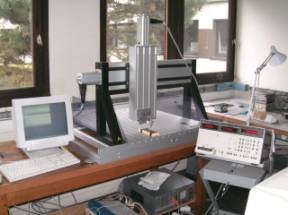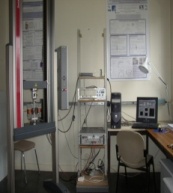Modelling and Instrumental Development
Modelling
The modelling axis is an activity that accompanies the opto-electronic characterisation of PV materials and devices. In the case of both materials and devices, the simulations developed or used make it possible to vary the optoelectronic parameters of the materials and/or interfaces in order to highlight their influence on the experimental results.
It is also possible to vary the experimental conditions by reproducing the excitation conditions (illumination, voltage, ....) under different regimes (permanent, alternative, etc.) applied to the materials or devices studied. In both cases, the aim is to improve the understanding of the physics of the material or device, by allowing the analysis of the experimental results to be refined.
For the analysis of materials we use a software developed in the laboratory, DeOSt software, which allows to simulate several experimental techniques based on photoelectric measurements performed on semiconductors (conductivity, photoconductivity, modulated photocurrent, SSPG, ...). We also have the KelScan software which simulates a Kelvin probe measurement performed on a semiconductor layer. For the analysis of devices we mainly use numerical simulation tools such as TCAD, which are also an aid to the development of characterisation instruments. Finally, the Triple_Junction software allows to simulate the J(V) characteristics of a multi-junction device with two or three junctions.
Instrumental development
In order to broaden our characterisation possibilities, we have developed specific measurement benches, particularly in connection with electrical, photoelectric, photoluminescence and atomic force microscopy (AFM) measurements. Several of these developments are now associated with instrumental platforms. These include techniques for :
- Measurement of photocurrents created by an interference system (SSPG)
- Measurement of photoluminescence (continuous or modulated)
- Atomic force microscopy (AFM): conductive tip (c-AFM) and Kelvin probe (KPFM);
- Optoelectronic Fourier transform measurements;
- Modulated photocurrent measurement.






